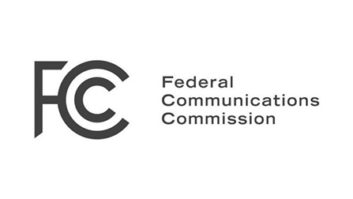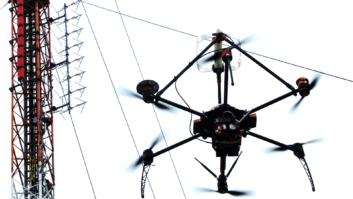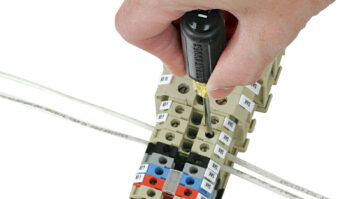The FCC is reviewing the recent court decision that remanded two portions of the Broadband-Over-Powerline rules back to the commission. Hams were encouraged by this latest development and hope it cracks open the door to serious changes in the BPL rules.
In setting the BPL rules nearly two years ago, the FCC relied on five studies that measured BPL emissions to determine likely interference levels with other spectrum users. The agency said it also relied on its own field testing and field BPL measurements conducted by its Office of Engineering and Technology. Two studies measured BPL company emissions, and three others measured emissions in BPL pilots conducted in New York, North Carolina and Pennsylvania.
In its service rules establishing BPL, the agency acknowledged that “some cases of harmful interference may be possible from Access BPL emissions at levels up to the Part 15 limits” but it was satisfied that “the benefits of Access BPL service warrant acceptance of a small and manageable degree of interference risk,” concluding the risk was small.
The FCC made public part of those studies, but withheld some portions, saying those concerned internal communications that were not relied on in its decision-making process.
When it sued the FCC over the BPL rules, the American Radio Relay League argued that the public did not have the chance to review all the information the agency relied on to make its decision.
The federal appeals court judges agreed, saying in their decision that “there is no … precedent allowing an agency to cherry-pick a study on which it has chosen to rely in part.”
“Individual pages relied upon by the commission reveal that the unredacted portions are likely to contain evidence that could call into question the commission’s decision to promulgate the rule,” wrote D.C. Circuit Court Judge Judith Rogers. The appeals court told the FCC to release all of the five studies for public comment.
The second issue the court sent back to the agency for a re-do concerned how the FCC arrived at its distance extrapolation assumption; it told the commission to better explain why it wants to keep its current method for measuring BPL emissions or give the court a better justification for a different method.
The commission retained the existing extrapolation factor of 40 dB per decade for frequencies below 30 MHz to measure BPL emissions and any resulting interference. In this sense, a decade is a “10:1 range and refers to the ratio of the specified measurement distance to the actual measurement distance,” according to the FCC.
The ARRL said 40 dB is arbitrary and that British studies from 2005 from the FCC’s counterpart in the U.K. showed an extrapolation factor of 20 dB per decade may be more appropriate.
In its decision, the court did not specify when it expects a reply from the FCC; a commission spokesman declined comment on the timing.
In the meantime, all BPL rules remain in place.












